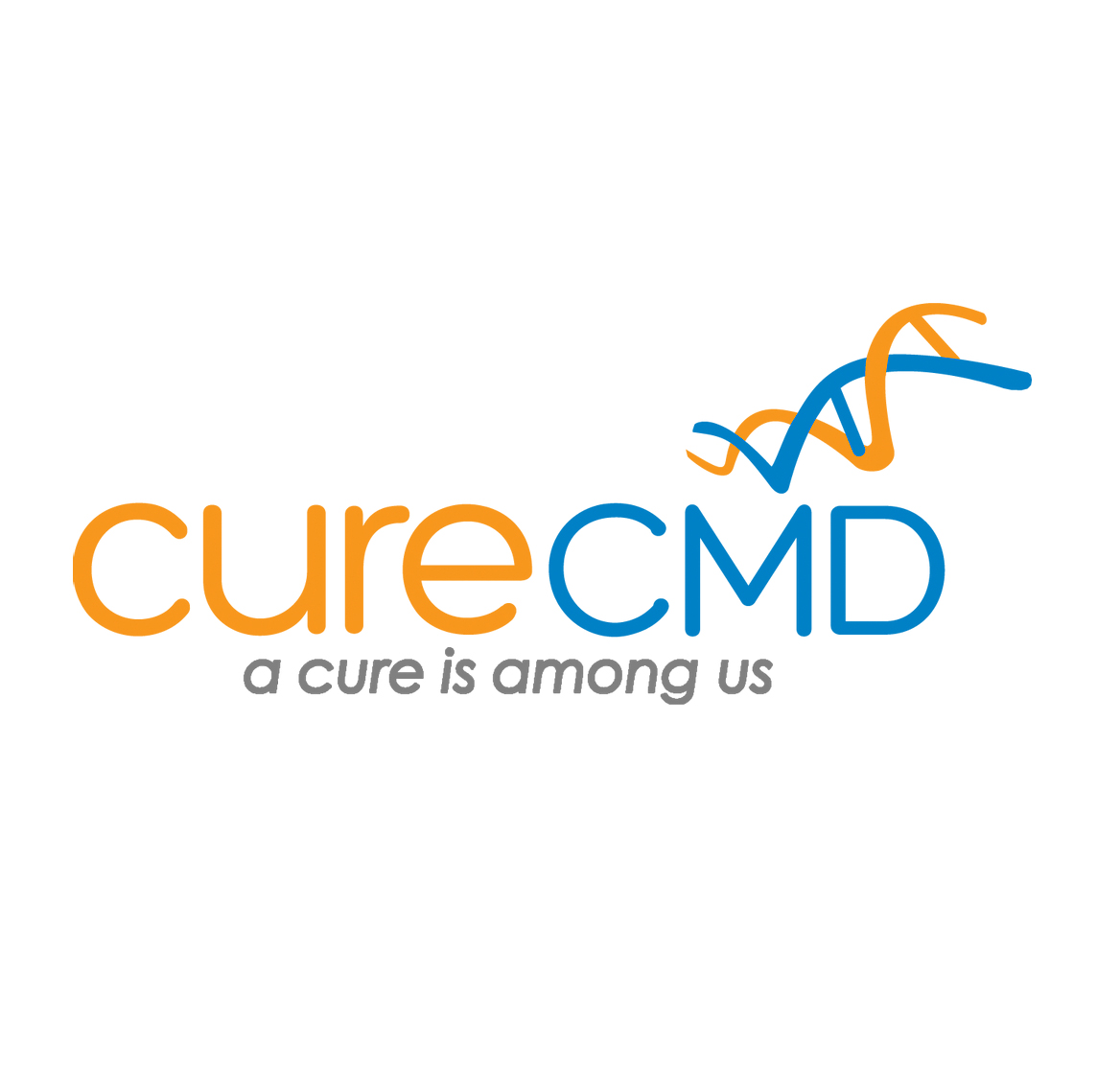‘The level of commitment of these people is very high’
Head of research of the University of Maastricht, Bert Smeets was recently interviewed in Algemeen Dagblad about the congress LAMA2-CMD The Road to therapy . Smeets, specialised in Mitochondrial dysfunction in metabolic, cardiovascular and neurological diseases, is highly impressed by the hard work and effort of Bram Verbrugge and Emine Kara. “The level of commitment of these people is very high, I’ve never seen this before in my life.”
LAMA2-CMD is rare, and therefore hardly addressed. A cure is not yet available, and the current treatment only alleviates the symptoms. However, thanks to the Sara Foundation, amongst others, research on the disease has started. A treatment for Sara’s disease – LAMA2-CMD – will be available in three years, Smeets thinks. And that is a cautious estimate. About the much-anticipated treatment for Sara: The idea is to withdraw stem cells from patients themselves, exchange the faulty gene with a healthy version and return the cells into the patients. The altered cells will generate new, healthy muscle, counteracting the muscle weakness for an extended period of time. In Italy and the United States, animal tests offered very promising results thus far, as Smeets states in the article. He plans to test the muscle therapy on adults this fall. And does so for two reasons: testing whether the treatment is safe, and actually works on humans like it did on animals.







